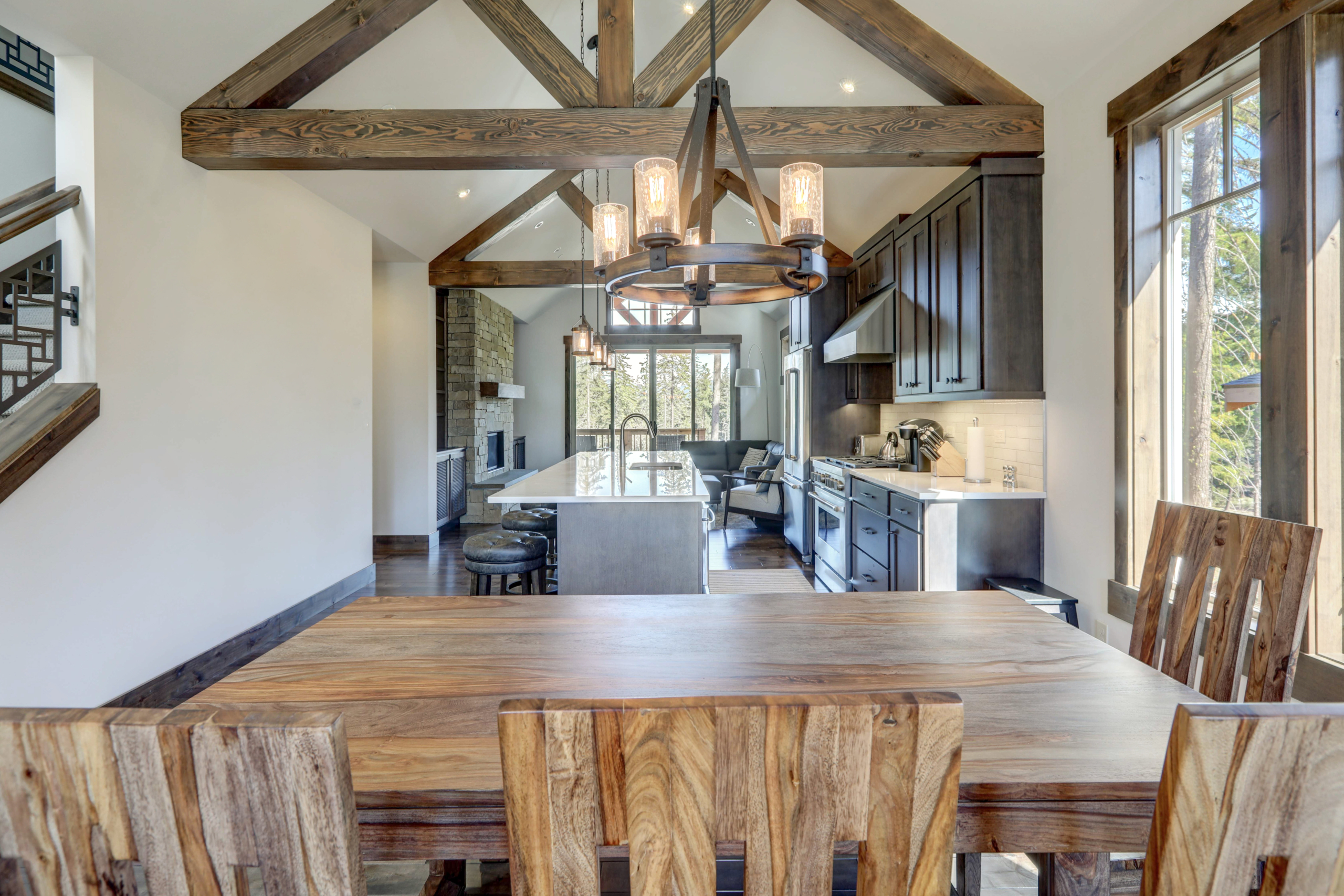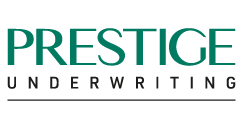
Learn about restrictions, renovation costs, and insurance essentials before purchasing a listed home

Listed building insurance protects properties with special historical or architectural significance. In England and Wales, listed buildings are graded as I, II*, and II (in Scotland, they are categorised A to C). Although Grade I and II* are reserved for buildings of exceptional status, the majority of occupied listed properties fall under Grade II.
Listed properties often incur higher rebuild costs than standard homes due to the specialist materials and methods required to preserve their historic features.
Listed buildings are generally much older than standard homes, and are considered a higher risk by insurers.
If you suffer a loss to your listed property, you will be required by law to reinstate it using traditional materials to match the original. The costs associated with this are often significantly higher than the costs of repairing or reinstating standard homes. It is therefore important that you are adequately covered by an insurer that understands the implications of this and will cover the full cost.
The Historic Buildings and Monuments Commission lists buildings in England and Wales under three grades::
Grade I: buildings of exceptional interest.
Grade II*: particularly important buildings of more than special interest.
Grade II: buildings that are of special interest.
In Scotland, buildings are assigned one of three categories:
Category A
Buildings of national or international importance, either architectural or historic, or fine little altered examples of some particular period or style.
Category B
Buildings of regional or more than local importance, or major examples of some particular period, style or building type which may have been altered.
Category C
Buildings of local importance, lesser examples of any period, style or building type, as originally constructed or moderately altered; and simple traditional buildings which group well with others in Categories A and B.
Yes, if you have obtained the appropriate permissions and expert advice. Listed building consent is required for all demolition, alteration or extension which affect the special architectural or historic character of a listed building or a curtilage listed building.
Some projects will also require planning permission and building regulation approval as well as listed building consent.
No two homes are alike, especially when they’re listed.
Whether it’s a Grade II listed cottage or a home with quirky features, our specialist home insurance is tailored to your property’s exact risks, nothing generic, nothing wasted.
Family Legal Protection Plus extends this cover limit to £50,000 and increases the range of legal disputes that you’re covered for.
Enjoy complete protection with extended emergency callout cover with up to £1,000 per callout, £1,000 Total Claims Limit/Year, Boiler & Heating System cover & Alternative Accommodation
Cover for accidental breakages or damage to your buildings e.g: putting your foot through the ceiling, or accidental breakage of glass
*We may not be able to quote in all circumstances. Cover limits/restrictions and/or conditions may apply to the policy. These are clearly detailed prior to purchase, and in the policy documentation for you to determine if the cover is suitable for your needs.
“…Intelligent Insurance has a really good website and it all made sense to me, so that I could sign up and purchase my home insurance effectively, even though I live in an unusual Listed property….”






Browse our intelligent reading list of articles, guides and tips at your own convenience.

Learn about restrictions, renovation costs, and insurance essentials before purchasing a listed home

Explore the factors affecting premiums and tips to find the right cover for your heritage home.